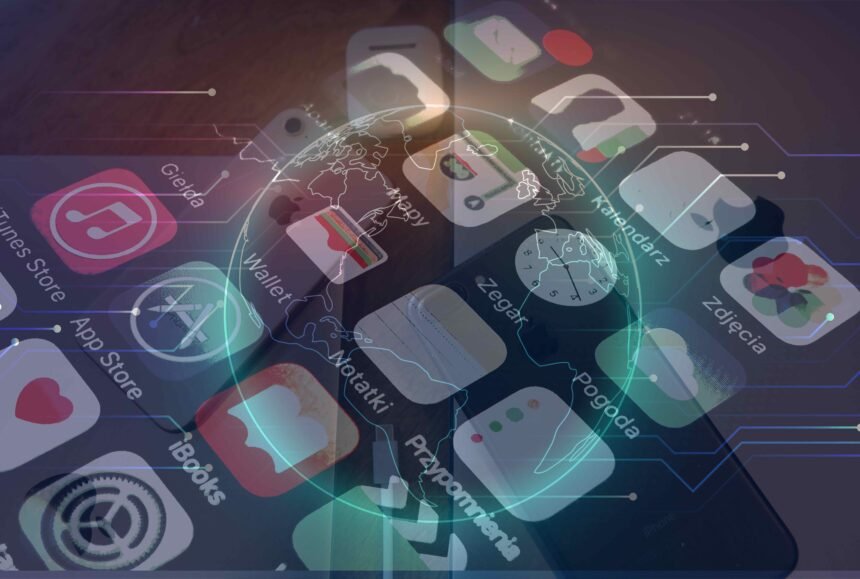Every morning we wake up , check our smart phone, carry our laptop to work . We also wear a smart watch even if we do not jog . Sometimes we like an app on Windows and think it should have run on my phone but that’s an android. Our hard drives get full with all the junk and prone to crashes, so we secure important files on the cloud. Where was all these some 15 years back. Change has come and here to stay. We explore some gadgets of 2025. The gadgets , apps and technologies we use daily have become our soul mates.
In today’s fast-paced world, technology is at the heart of everything we do. From smartphones that keep us connected to cloud platforms that safeguard our data, technological advancements have revolutionized the way we live and work. This article delves into the gadgets apps and technologies we use daily, their significance, and how they shape our routine.
We will also explore the relevance of free cloud storage , concept of Platform as a Service (PaaS) & Artificial Intelligence in gadgets of 2025 .
The Gadgets Apps and Technologies we use Daily
Smartphones: The Ultimate Multipurpose Device
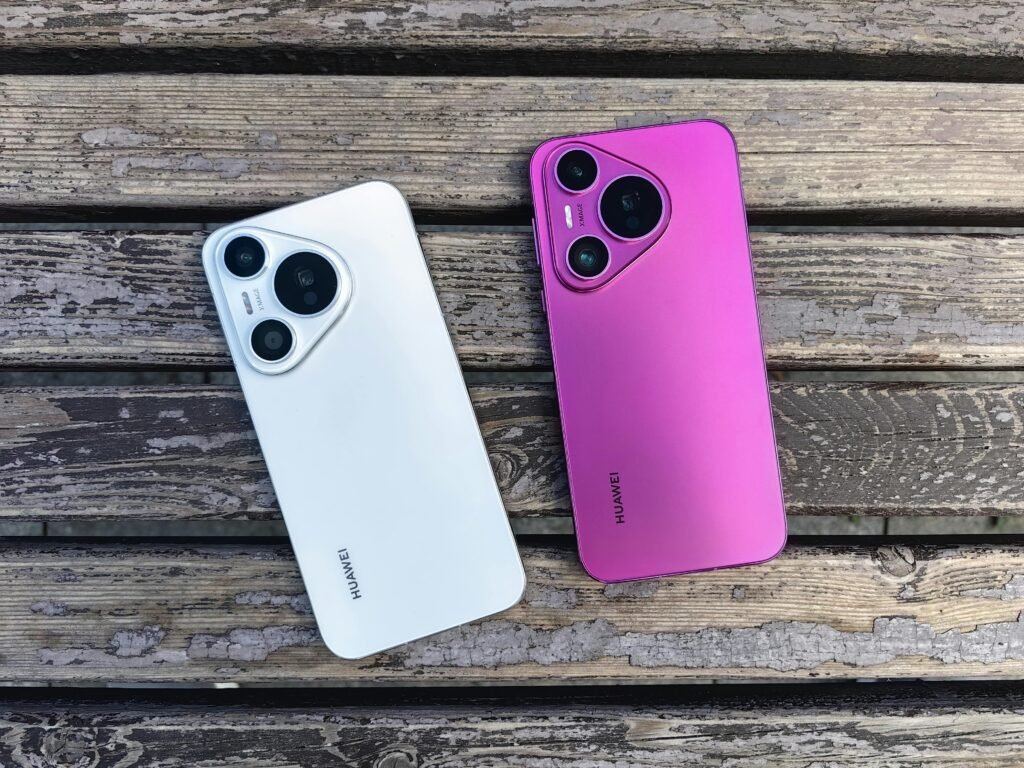
Smartphones have become indispensable, functioning as communication tools, cameras, and even health monitors. Ask any one , What are the gadgets apps and technologies we use daily ? The first answer would be a Smart Phone. According to Statista, the number of smartphone users worldwide is projected to reach 7.69 billion by 2027, underlining their ubiquity. Approximate Smart Phone Penetration in some countries are as follows :
| Rank | Country | Smartphone Users | Total Population | Smartphone Penetration |
| 1 | China | 974.69 M | 1.43 B | 68.4% |
| 2 | India | 659 M | 1.42 B | 46.5% |
| 3 | United States | 276.14 M | 338.29 M | 81.6% |
| 4 | Indonesia | 187.7 M | 275.5 M | 68.1% |
| 5 | Brazil | 143.43 M | 215.31 M | 66.6% |
Example: Consider the Apple iPhone or Samsung Galaxy series. These devices are equipped with powerful processors, AI capabilities, and seamless integration with apps, making them central to both personal and professional activities.
Key Features:
- High-resolution cameras for photography and video recording.
- Advanced health tracking through sensors that monitor heart rate, oxygen levels, and more.
- Seamless connectivity through 5G, Bluetooth, and Wi-Fi.
Laptops: The Workhorse of Productivity
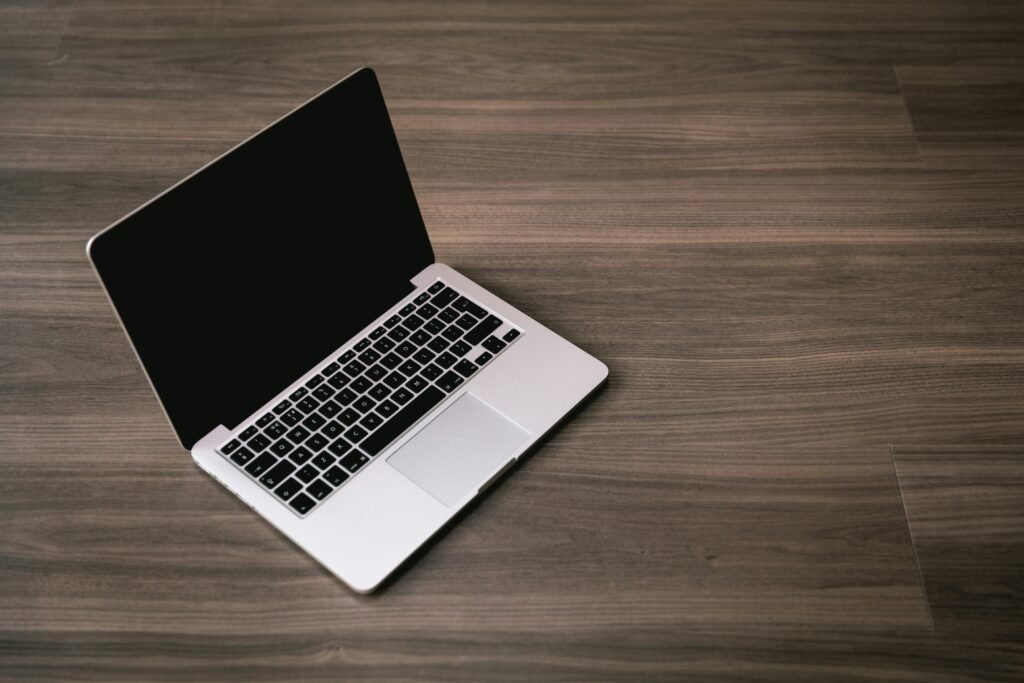
Laptops remain a cornerstone of both personal and professional productivity. With portability and powerful performance, they are indispensable for tasks ranging from document editing to software development.
Example: Devices like the MacBook Pro and Dell XPS series offer robust processing power, high-resolution displays, and long battery life, catering to a wide range of user needs.
Impact: Laptops bridge the gap between mobility and capability, enabling users to work and create efficiently from anywhere.
Smartwatches and Fitness Trackers
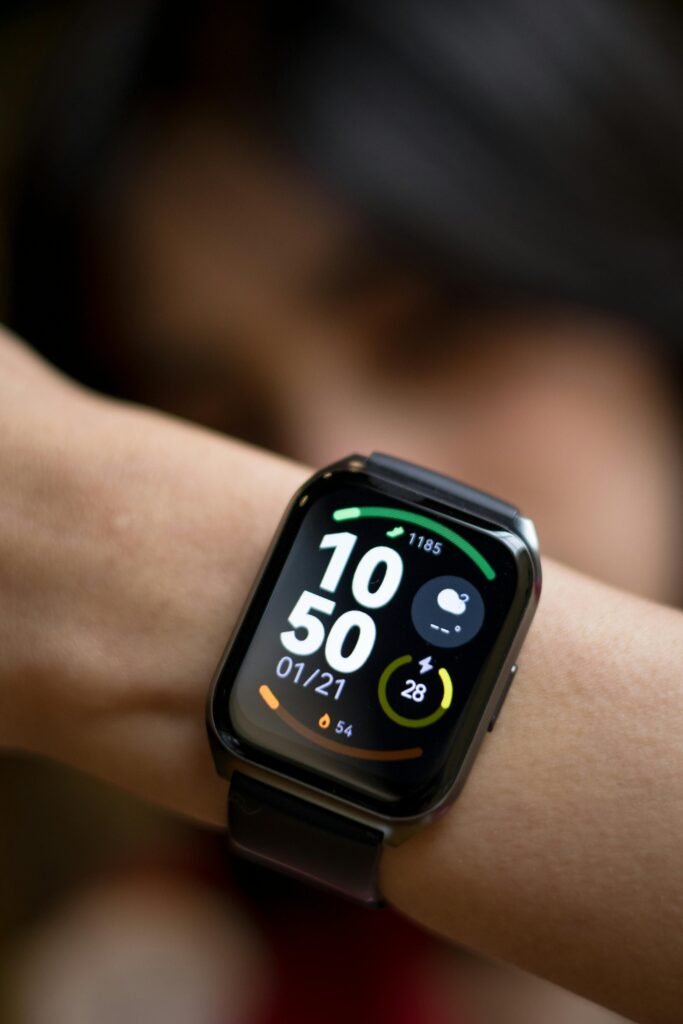
Wearable technology, such as smartwatches and fitness trackers, has gained immense popularity and are among the gadgets simplifying daily life . Brands like Fitbit, Garmin, and Apple Watch provide tools for monitoring physical activity, sleep patterns, and overall health.
Example: The Apple Watch not only tracks fitness metrics but also allows users to make calls, send messages, and access apps directly from their wrist.
Impact: These devices encourage healthier lifestyles by providing real-time feedback and motivating users to stay active.
Home Automation Devices
Home automation has brought convenience and efficiency to our living spaces. Devices like Amazon Echo, Google Nest, and smart security cameras have transformed homes into interconnected hubs.
Example: Smart thermostats, such as Nest, learn your temperature preferences and adjust accordingly, reducing energy consumption by up to 10-15% annually.
Relevance: These gadgets save time, enhance security, and contribute to a more sustainable lifestyle.
We also explore Smart Rings , Smart Glasses and Biodegradable Phone Case in a separate article on Gadgets of 2025 .
Apps: The Backbone of Modern Convenience
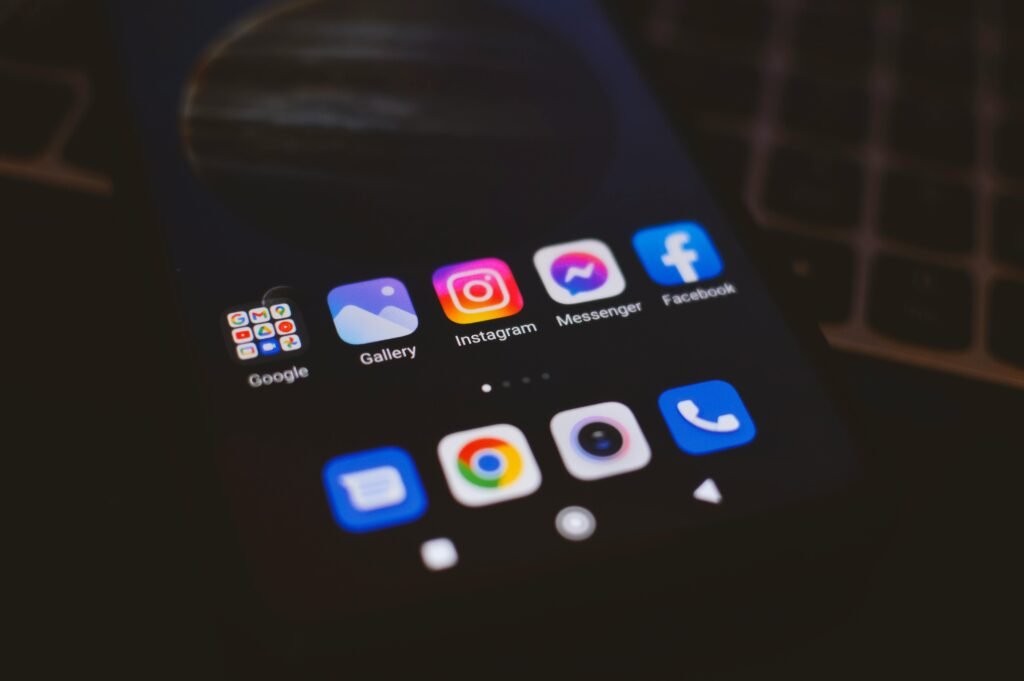
Operating Systems
Operating systems (OS) are foundational to modern devices, providing a platform for apps and hardware to function cohesively. Popular examples include Windows, macOS, Android, and iOS.
Example: Android and iOS power millions of smartphones, offering seamless app integration and user-friendly interfaces, while Windows and macOS dominate the laptop and desktop market with robust performance and compatibility.
Impact: Operating systems ensure efficient resource management, security, and usability, enabling other apps to function effectively.
Productivity Apps
Apps like Evernote, Microsoft To-Do, and Notion have streamlined personal and professional task management.
Example: Notion, with its customizable templates and collaborative features, serves as a one-stop solution for note-taking, project management, and database organization.
Statistics: A study by RescueTime shows that employees spend an average of 13 hours per week on emails and app-based tasks, highlighting the need for efficient productivity tools.
Entertainment Apps
Platforms such as Netflix, Spotify, and YouTube have redefined entertainment. They offer on-demand access to movies, music, and videos, catering to diverse tastes.
Example: Spotify’s personalized playlists, such as “Discover Weekly,” use AI to recommend music based on listening history.
Impact: These apps have democratized access to entertainment, making it easier for users to discover and consume content.
Navigation and Travel Apps
Apps like Google Maps, Waze, and Uber have made navigation and travel hassle-free.
Example: Google Maps provides real-time traffic updates, public transport schedules, and even restaurant reviews, becoming a one-stop navigation tool.
Relevance: These apps save time and enhance travel planning by offering detailed and accurate information.
Artificial Intelligence: Transforming Technology

Artificial Intelligence (AI) has become a cornerstone of modern technology, influencing gadgets, apps, and services in unprecedented ways. Its integration has enhanced efficiency, personalization, and innovation across various domains.
AI in Gadgets simplifying daily life
AI-powered gadgets such as smartphones, smart speakers, and home automation devices adapt to user behavior and preferences.
Example: AI assistants like Siri, Alexa, and Google Assistant use machine learning to provide personalized responses, control smart home devices, and streamline daily tasks.
AI in Apps
AI enhances app functionalities, enabling predictive analytics, content recommendations, and natural language processing.
Example: Apps like Grammarly leverage AI to analyze writing, providing real-time grammar and style suggestions. Similarly, AI in Google Maps predicts traffic patterns and suggests optimal routes.
Impact: AI-driven apps improve user experience by offering tailored solutions and minimizing effort.
AI in Cloud Storage and PaaS
AI optimizes cloud storage by automating file organization, enhancing security through anomaly detection, and improving data retrieval. In PaaS, AI accelerates application development with tools for automated coding, testing, and deployment.
Example: Google Drive uses AI to suggest files and predict search queries, while Azure Cognitive Services provides AI capabilities for developers building apps on Microsoft Azure.
Free Cloud Storage: A Game-Changer in Data Management
What is Free Cloud Storage?
Cloud storage allows users to store data online, accessible from any device with internet connectivity. Free cloud storage services offer a limited amount of space at no cost, enabling users to store and share files conveniently.
Examples of Free Cloud Storage Services
- Google Drive: Offers 15 GB of free storage integrated with Google’s suite of productivity tools.
- Dropbox: Provides 2 GB of free storage with features like file sharing and real-time collaboration.
- OneDrive: Microsoft’s service includes 5 GB of free storage and seamless integration with Office apps.
Benefits of Free Cloud Storage
- Accessibility: Files can be accessed from multiple devices and locations.
- Collaboration: Teams can work on shared documents simultaneously, improving productivity.
- Backup and Security: Cloud storage ensures that critical data is safe from hardware failures.
Example in Daily Use: Students can store their assignments on Google Drive, ensuring they have access during group projects and presentations.
Statistics
According to Gartner, global end-user spending on public cloud services is expected to reach $591.8 billion in 2023, reflecting the growing reliance on cloud technologies.
Platform as a Service (PaaS): A Boost for Development and Integration
What is PaaS?
PaaS is a cloud computing model that provides a platform for developers to build, deploy, and manage applications without worrying about underlying infrastructure.
Examples of PaaS
- Heroku: Simplifies app deployment with a user-friendly interface and support for multiple programming languages.
- Google App Engine: Offers scalability and integration with Google Cloud services.
- Microsoft Azure PaaS: Facilitates application development with built-in tools and services.
Benefits of PaaS
- Efficiency: Developers can focus on coding while the platform handles updates and maintenance.
- Scalability: PaaS solutions adapt to growing user demands seamlessly.
- Cost-Effectiveness: Eliminates the need for investing in physical infrastructure.
Relevance to Daily Technology Use: Businesses and developers use PaaS to create apps that power the devices and services we use daily, from e-commerce platforms to social media.
The Interplay Between Gadgets, Apps, Cloud Storage, PaaS, and AI
- Enhanced User Experience: The integration of PaaS and AI with gadgets and apps enables real-time updates, personalized experiences, and seamless functionality.
- Data Synchronization: Free cloud storage ensures that data from multiple devices remains synchronized, while AI enhances organization and retrieval.
- Fostering Innovation: PaaS accelerates app development, and AI introduces capabilities like predictive analytics and automation, allowing for quicker rollouts of innovative tools and features.
Example: A fitness tracker app can sync data to the cloud, providing users with a detailed analysis of their activity through an intuitive interface developed on a PaaS platform, enhanced by AI-powered insights.
Hope you have enjoyed reading this article. We will come across many such articles on Gadgets simplifying daily life. Read our article on Top 3 Smart Gadgets of 2025 and get more insights.
Gadgets apps, and technologies we use daily have become integral to modern life, offering convenience, efficiency, and entertainment. The relevance of free cloud storage lies in its ability to safeguard and synchronize data, while PaaS drives the creation of advanced applications that power these tools. AI amplifies these technologies by enabling smarter, more personalized solutions. Together, they form a cohesive ecosystem that enhances our daily experiences and fosters innovation.



